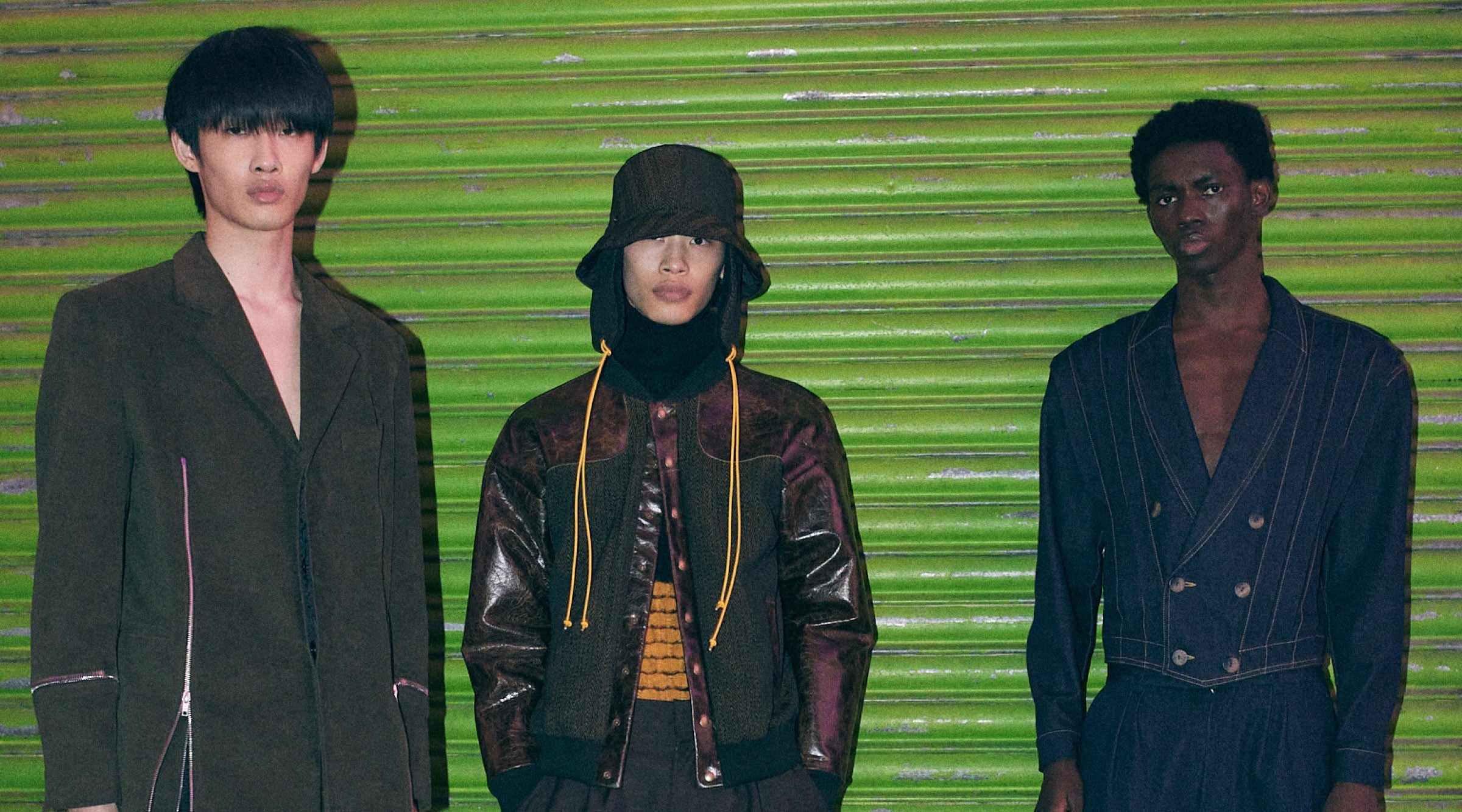
Founded in 1498, the Kofar Mata pits are said to be the oldest in Africa and are the only survivor of Kano’s dye trade, which produced beautiful fabrics using ancient techniques.
According to research, the textile fabrication dates back to the early 9th century and was well known for the rich variety of designs, colours, materials, and techniques. One of the crafts used in production and processing are the tie and dye: the fabrics were formed by the weaving process using raffia, silk, and cotton and then dyed in blue indigo. Its name in Sierra Leone is ‚Gara‘ and in Nigeria, in the Yoruba tribe, is ‚Adire‘. Tie and dye fabrics can be found throughout Western Africa, from Senegal to Nigeria including Gambia, Mali, Burkina Faso, Guinea, Sierra Leone, Liberia, Ivory Coast, Ghana, Togo and Benin.
The dyers use only 3 natural ingredients in carving the dye solution and they are the Indigo plant twigs, ash from burnt wood and potash made freshly at the dye pits. All the ingredients and equipment used are locally obtained and constructed.

To prepare the indigo dye takes up to a month, the fabric is then soaked for up to several hours for the darkest hues. From time to time, the men lift the fabric from the pits to drip, saying the process needs to breathe. A dash of potassium holds the colour in. When fully prepared, it may last up to a year and many believe the solution has medicinal properties that can be sometimes used for traditional remedies.
The Kofar Mata dye pits served the purpose of attracting travellers as well as traders across the Sahelian countries to the Kano, thus making it one of the most thriving cities in West Africa. Traders from all over the country, as well as from neighbouring Niger, Mali, and Chad, used to visit the dye trunks to buy these goods and other local fabrics. In the indigo-vegetable dyeing pits, various designs are folded into material before dyeing, and the fabric is often beaten to achieve a decent appearance.

LABRUM is a British African heritage brand telling the untold story of West Africa to help bridge the gap between western and West African cultures. We work with indigo and gara/adire fabric and thus thought it was imperative for us to showcase the process of how some of our fabrics come to life. West African indigo dyeing is still a relatively unknown and seldom covered topic, but we hope our dye pit installation and workshop will fuel people’s interest to dive deeper into the West African indigo and tie and dye pit.
Take a look at the BTS of our "Koftar Mata" installation set up here.




